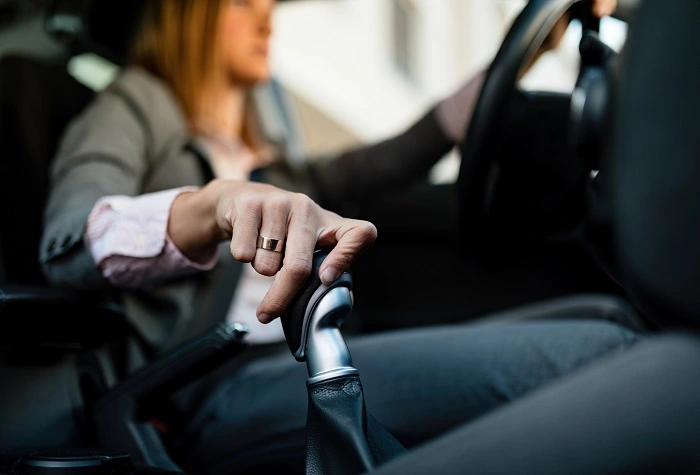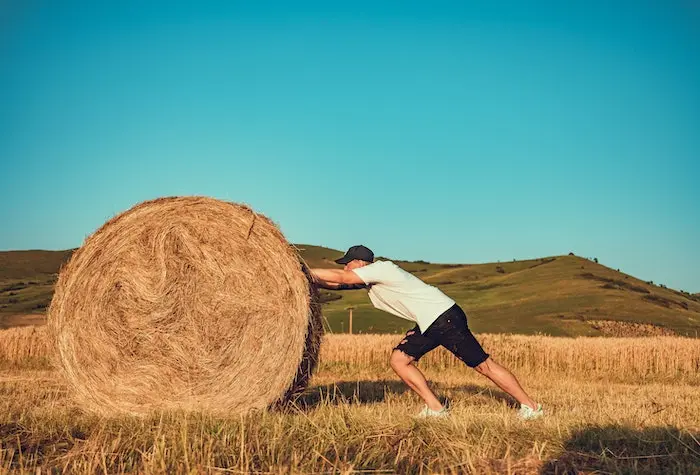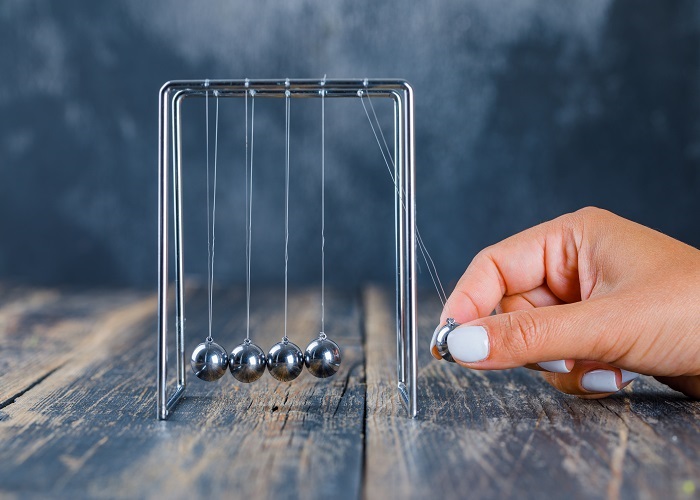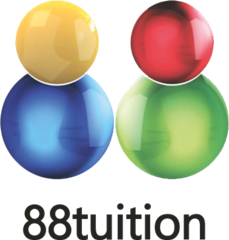Isaac Newton’s laws of motion are fundamental principles in physics that explain how objects move and interact with each other. These laws have numerous applications in daily life, ranging from the motion of vehicles to the movement of objects in our homes. In this blog post, we will explore some of the practical applications of Newton’s laws of motion in our daily lives. This will help children understand how the scientific concepts that they learn at school have practical applications in their daily lives.
Newton’s First Law of Motion

The first law of motion also referred to as the law of inertia, states that, absent an external force, an object at rest will remain at rest and an object in motion will continue to move in a straight path with a constant speed.
Our daily lives contain several instances of Newton’s first law of motion is applied. For instance, when we suddenly use the brakes while riding a vehicle, the vehicle stops because the brakes exert an external force on it. Similar to when we are moving while walking or running, we only stop when an outside force, such as friction with the ground, acts on us.
Newton’s Second Law of Motion

According to Newton’s second law of motion, an object’s acceleration is inversely related to its mass and directly proportionate to any external forces acting on it. This can be mathematically described by the equation F=ma, where F is the applied force, m is the object’s mass, and an is the resulting acceleration.
Many real-world uses for this law can be found in our daily lives. For instance, we need to push an object harder when it is heavy in order to move it. Similar to this, we must press more on the gas pedal to accelerate a car if we wish to increase its speed while we are driving. Using the brakes, on the other hand, will cause the car to slow down or stop since they create a force that acts in the opposite direction of the motion of the car.
Newton’s Third Law of Motion
There is an equal and opposite reaction to every action, according to Newton’s third law of motion, which is sometimes referred to as the law of action and reaction. This implies that if one item applies a force to another, the second object applies a force that is equal to and in the opposite direction to the first object.
There are numerous real-world uses for this law in our daily lives. For instance, as we walk, the ground pushes back on our feet with an equal and opposite force, causing us to go forward. Similar to this, when we leap, our legs press down on the ground and the ground pushes back against us with an equal and opposite force, launching us upwards.
The way a rocket takes off is another illustration of Newton’s third law of motion. In order to move in the opposite direction, a rocket must be propelled by hot gases that are fired out of its engines quickly. Every action has a corresponding and opposing reaction, which explains why. A rocket is propelled in one direction by the force of the hot gases ejected from its engines, and it is propelled in the opposite direction by the force of its equal and opposite reaction.
Practical Applications of Newton’s Laws of Motion
Newton’s laws of motion can be used in a variety of situations beyond those mentioned above. In fact, there are countless applications for these rules in other disciplines, such as engineering, medicine, and sports.
The design and construction of bridges, buildings, and other structures, for instance, depend heavily on the Newtonian principles of motion. In order to make sure that structures are secure and structurally sound, engineers use these laws to determine the forces that affect them under various circumstances, such as wind and earthquakes.
In medicine, the principles of Newton’s laws of motion are applied in the development of prosthetics and orthotics, which are used to support and assist individuals with mobility impairments. The design and function of these devices are based on the principles of mechanics, including Newton’s laws of motion, which are used to create devices that can provide support, stability, and range of motion to individuals with disabilities.
In sports, the principles of Newton’s laws of motion are essential to the performance of athletes. For example, in track and field events, the application of force to the ground is critical to running, jumping, and throwing. Understanding the principles of Newton’s laws of motion can help athletes optimise their technique and improve their performance in their respective sports.
Finally, it should be noted that Newton’s laws of motion have several applications in both our daily lives and numerous other fields. These laws have made it easier for us to comprehend the basic tenets of motion and how things relate to one another. The concepts of Newton’s laws of motion are fundamental to our contemporary culture and are used in everything from driving a car to playing sports to creating buildings. We may continue to advance in a variety of sectors and enhance the quality of our lives by comprehending and putting these laws into practice.
Exam Smart Tips
Exam Smart Tip #1 – How to Encourage Our Kids to Speak Better?
Exam Smart Tip #2 – How to avoid carelessness?
Exam Smart Tip #3 – Establishing Routines!
Exam Smart Tip #4 – Let’s Read Carefully!
Exam Smart Tip #5 – Beating the Exam Fever!
Exam Smart Tip #6 – How to Eat Right for the Exams?
Exam Smart Tip #7 – How to Avoid a Meltdown?
Exam Smart Tip #8 – Taking Stress out of Tests
Who We Are
Mission statement – “Empower every student to achieve full potential”
88tuition Pte Ltd offers the best PSLE Tuition Singapore for children looking to ace the PSLE exam. With effective learning materials and high-quality explanatory videos by experienced trainers, children are provided with the best online PSLE tuition.
With the basics learnt well, children will be able to grasp advanced concepts easily. Looking for the best PSLE math tuition, PSLE Science tuition and PSLE English tuition in Singapore? 88tuition has got you covered. The online training videos and assessments are designed in a way that children are made to enjoy the learning process.
UEN 201817310C
271 Bukit Timah Road; #03-08; Singapore 259708



